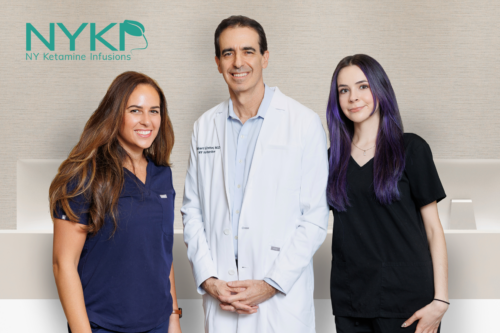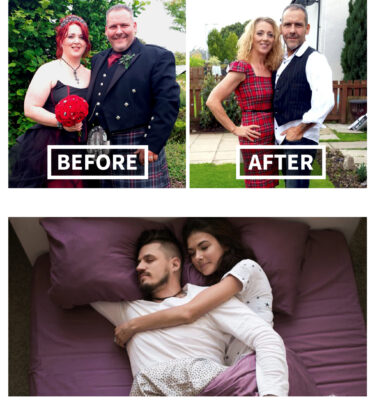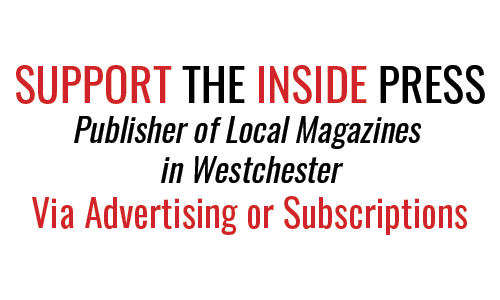
While images of home breadmaking, disinfecting mail, or finally scoring an N95 mask are common sketches of quarantine life, more serious details about the toll the global pandemic took on our mental health have slowly emerged. The CDC reports that the number of Americans experiencing anxiety or depression today has jumped three times since 2019, while one in five adults live with some form of mental illness. Mental health is deeply personal, and for many, finding an effective treatment can feel like navigating a labyrinth alone.
One approach that’s making waves is ketamine therapy, a treatment that uses low doses of the drug to manage mental health conditions. It can potentially treat a range of disorders, including depression, anxiety, PTSD, and even chronic pain. While recreational drugs, like Special K, may come to mind, you’re going to need to hold the glitter. The doses administered in ketamine therapy are nowhere near what’s used recreationally, and do not send patients on a psychedelic trip. To understand how the drug works and who it might serve, we spoke with Dr. Robert Glatter, Medical Director at the newly opened location of NY Ketamine Infusions.
Dr. Glatter has a long history administering ketamine, first as an emergency room physician at NYC’s Lenox Hill Hospital. Ketamine was originally developed as an anesthetic in 1970, and was widely used during the Vietnam War by surgeons treating soldiers injured on the battlefield. After doctors noticed its ability to treat soldiers with PTSD, depression, and suicidal thoughts returning from the Gulf War, Glatter says that institutions like Yale and NIMH began studying its effects on the brain. “Essentially, they gave the soldiers these infusions, and they noticed that within a day or so, their moods started to elevate. They felt less suicidal,” he says. “They noticed that the medicine was rapid-acting, and led to mood elevation.”
Years of additional research at Yale, NIMH, Mt. Sinai and Columbia University in NYC led to intravenous (IV) ketamine being used “off-label” to treat mood disorders. Ketamine helps to repair and generate new synapses and dendrites. By doing so, the net effect is enhanced communication between nerve cells, in what Glatter refers to as a “structural repair of the brain,” as opposed to a chemical approach using standard antidepressant medications. Ketamine therapy improves connectivity by repairing and enhancing growth of dendrites and synapses, and for some, results in an almost immediate lift in mood regulation and resilience.
Glatter emphasizes that one of the key differentiators in ketamine therapy is that rapid response. Traditional antidepressants, which aim to correct chemical imbalances, may take weeks or even months to produce effects, while ketamine’s restructuring of the brain often works within days. This can be life-changing for patients in severe crisis or who have struggled for years with treatment-resistant conditions.
So who’s it for? Ketamine therapy has shown to be effective in treating PTSD, which includes mood disorders such as depression, anxiety, bipolar disorder, and OCD. That said, ketamine therapy is not a one-size-fits-all solution, and is not for people with high blood pressure or hypertension. It’s recommended to patients who’ve first shown resistance to other treatments, like anti-depressants and therapy. Glatter says certain patient profiles respond best to it, particularly patients under the age of 70, females (due to synergy with estrogen) and those who have experienced childhood trauma.
Patients can receive ketamine through an infusion (via intravenous drip), a nasal spray, or even as a lozenge. Dr. Glatter calls infusions the “gold standard,” and strongly believes they are the best way to receive treatment. At the clinic, patients undergo six infusions over a two-week period. He says most feel results within 3-4 treatments. Patients with positive results return on average three to six times over the following year to receive a booster infusion. “Boosters are important because they prevent people from backsliding,” Dr. Glatter says.
The results speak for themselves. Glatter says among thousands of patients at NY Ketamine Infusions, 84% reported an improvement in mood and function.
A Typical Treatment
Stereotypical ideas of ketamine might conjure up images of a wild rave, but appointments are more akin to cozying up on a comfy recliner with a blanket. “Ketamine’s action is a delayed effect; it begins to act 12 to 15 hours after the infusion. Nothing therapeutic happens during the infusion,” Dr. Glatter says. “They’re here to get the infusion, and certainly it feels good, but they’re not getting psychedelic.” At NY Ketamine Infusions, after patients check in, they go to a private treatment room. There, they discuss symptoms and progress before a nursing practitioner, under physician guidance, starts the monitored infusion, which can be adjusted at any point during the treatment.
Since opening the doors to their Westchester operation this April, Dr. Glatter wants people to know that ketamine therapy is an option. “We really seek to improve your quality of life and hope you will look at us as part of your mental health care going forward.”
Sources:
https://time.com/6308096/therapy-mental-health-worse-us/
https://www.cdc.gov/mentalhealth/learn/index.htm


 Mount Kisco, NY – The Coronavirus (COVID-19) pandemic is affecting virtually every aspect of our lives, including how we work, learn and connect with one another. You cannot watch, listen or read the news without hearing the latest coronavirus news.
Mount Kisco, NY – The Coronavirus (COVID-19) pandemic is affecting virtually every aspect of our lives, including how we work, learn and connect with one another. You cannot watch, listen or read the news without hearing the latest coronavirus news.
